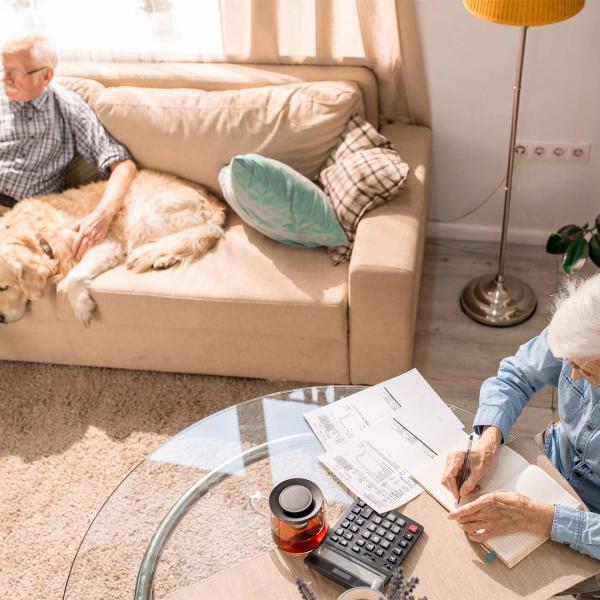Abstract
BACKGROUND:
Depression independently increases the risk of falls in older people, but the mechanism for this relationship, as well as the specific falls type involved, remains unclear. Accidentalfalls (AFs) are due to slips or trips, while the cause of unexplainedfalls (UFs) is not immediately apparent and can include unrecognised syncope.
METHOD:
This longitudinalstudy examines the relationship between baselinedepression and subsequent falls, both accidental and unexplained, at 2-year follow-up in a cohort of community dwelling adults aged ≥50 years. Baselinedepression was defined as a score ≥16 on The Centre for Epidemiological Studies Depression Scale. At follow-up, participants were assessed regarding falls since last interview.
RESULTS:
One-third (228/647) of the depressed group had fallen at follow-up, compared with 22% (1388/6243) of the nondepressed group (P < .001). Multiple logistic regression models demonstrated that depression was associated with an odds ratio of 1.58 (1.31-1.89) P < .001; 1.24 (1.00-1.52), P = .046; and 1.89 (1.45-2.46), P < .001 for total falls, AFs and UFs, respectively, after controlling for relevant covariates. Participants with depression who fell were more likely to have prior falls, functional impairment and slower gait when compared with depressed participants who did not fall.
DISCUSSION:
The risk of falls associated with depression in older adults is more marked for UFs, with the association for AFs approaching borderline significance only. This finding is important because UFs require focused clinical assessment with attention to potential causes such as cardiac arrhythmia or orthostatic hypotension.









